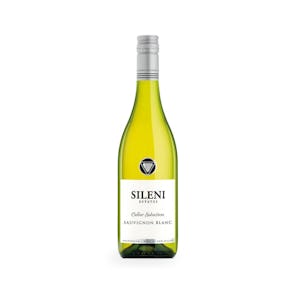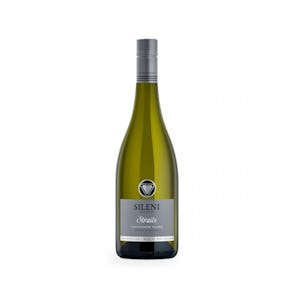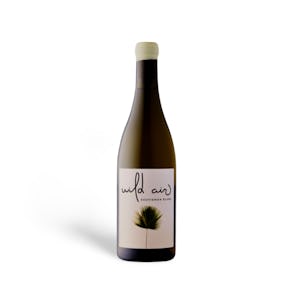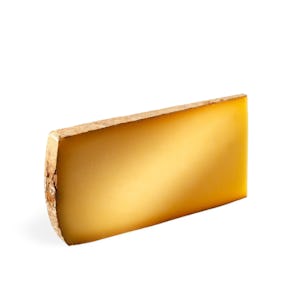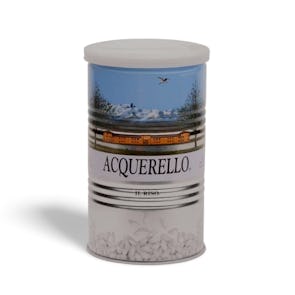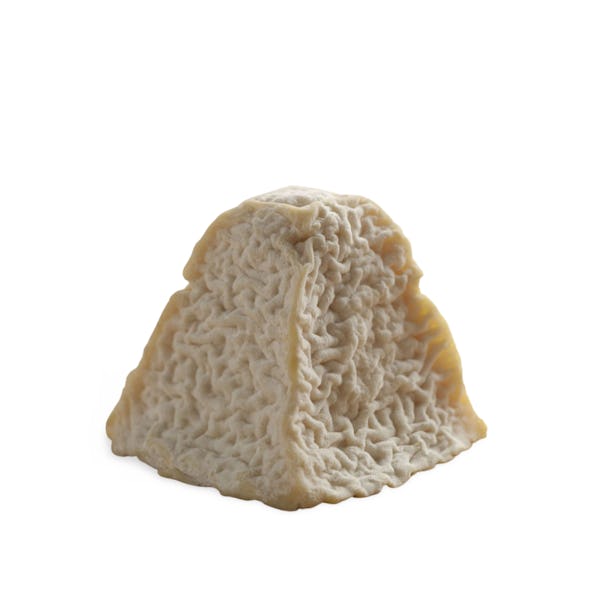
Pouligny-St Pierre Cheese AOP
Balanced, sweet flavors
TASTING NOTES FROM THE CURATOR
Made with unpasteurized goat’s milk, the Pouligny St. Pierre comes from the Loire Valley in central France. It has a truncated pyramid shape, and for that reason, is sometimes referred to as “Eiffel Tower” or “Pyramid.” It got its AOP designation in 1976.
Its natural rind is ivory in color, and soft and wrinkled. This rind gets drier as it ages, and develops gray, blue, and white molds, and the wrinkles deepen. The insides are soft, with a white color. It’s dense and smooth, and slightly crumbly. It’s a pungent cheese, with a balanced flavor that gets stronger with age. It has a slight sweetness, with salty notes and hints of grass and earth.
PREPARATION AND PAIRINGS
The Pouligny St. Pierre AOP is a great addition to your cheese boards. Pair with dried fruits and crackers. Enjoy with a white wine, like Pouilly Fume.
THE ARRIVAL OF GOATS
When the Saracens moved through Spain and arrived in France in the 8th century, settled at the southern banks of the Loire River. They brought with them goats, which were a sensible choice of livestock for travelers, as goats could adapt to a range of pasture, and they were easier to move. Some of the Saracens left, but many of them remained with their goats. And this is where the foundation for the Loire Valley chèvres, or goat cheeses, was laid out.
Storage Instructions
Cheeses (except brined ones in jars) should be stored in the crisper or the butter drawer of a refrigerator, not on the shelves themselves. This is to help regulate their temperature and humidity levels—and prevents the formation of mold. Once opened, they should not be kept in their original packaging. Soft cheeses with delicate rinds need to breathe, so they are best placed in glass containers lined with paper towels to absorb extra moisture. Leave the lid open a tiny bit for air to circulate and don’t forget to write up a label with the date you first opened the package. Kindly pay attention to the best before date label when you receive your cheese. Consume prior to date indicated.

